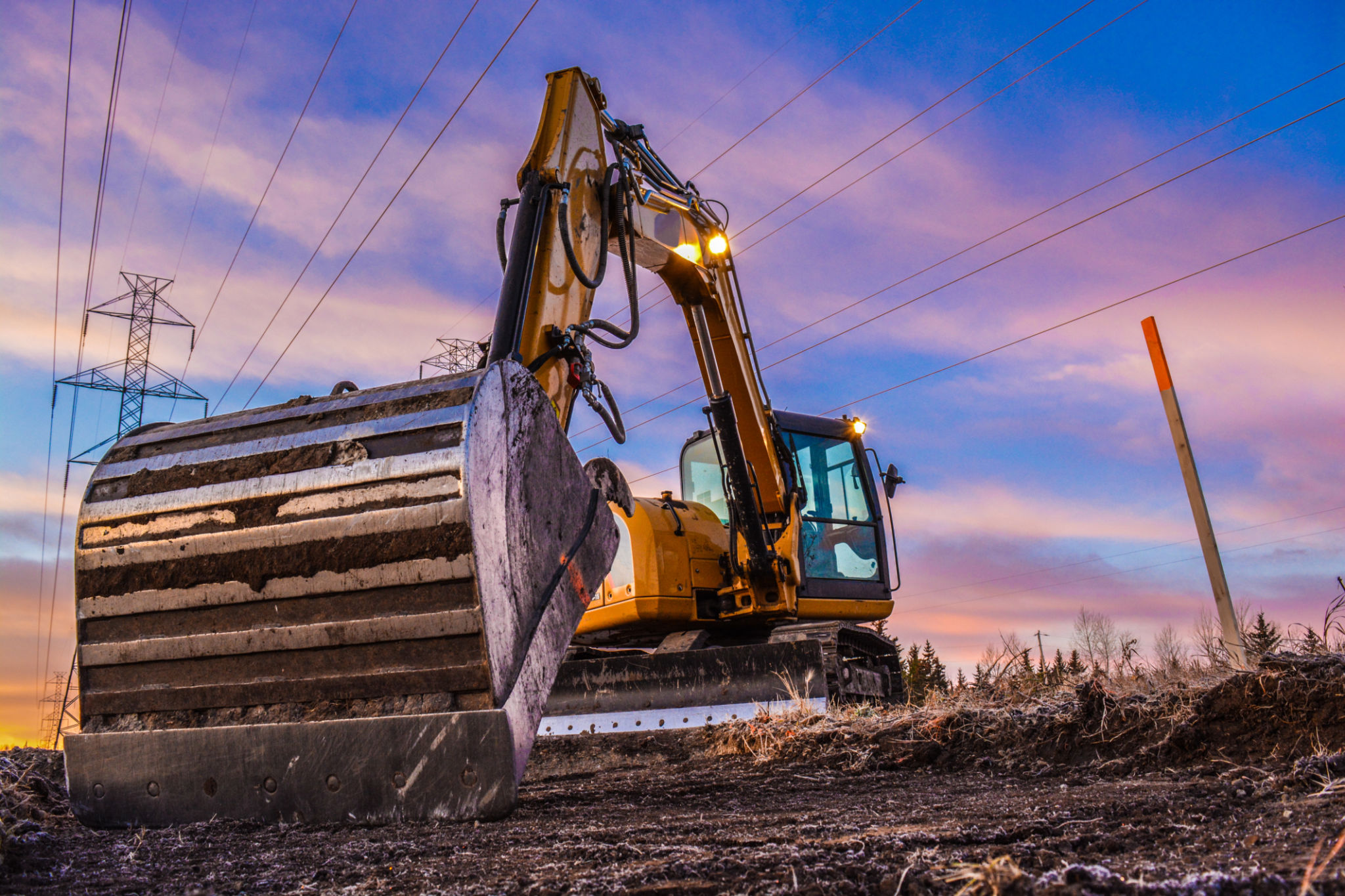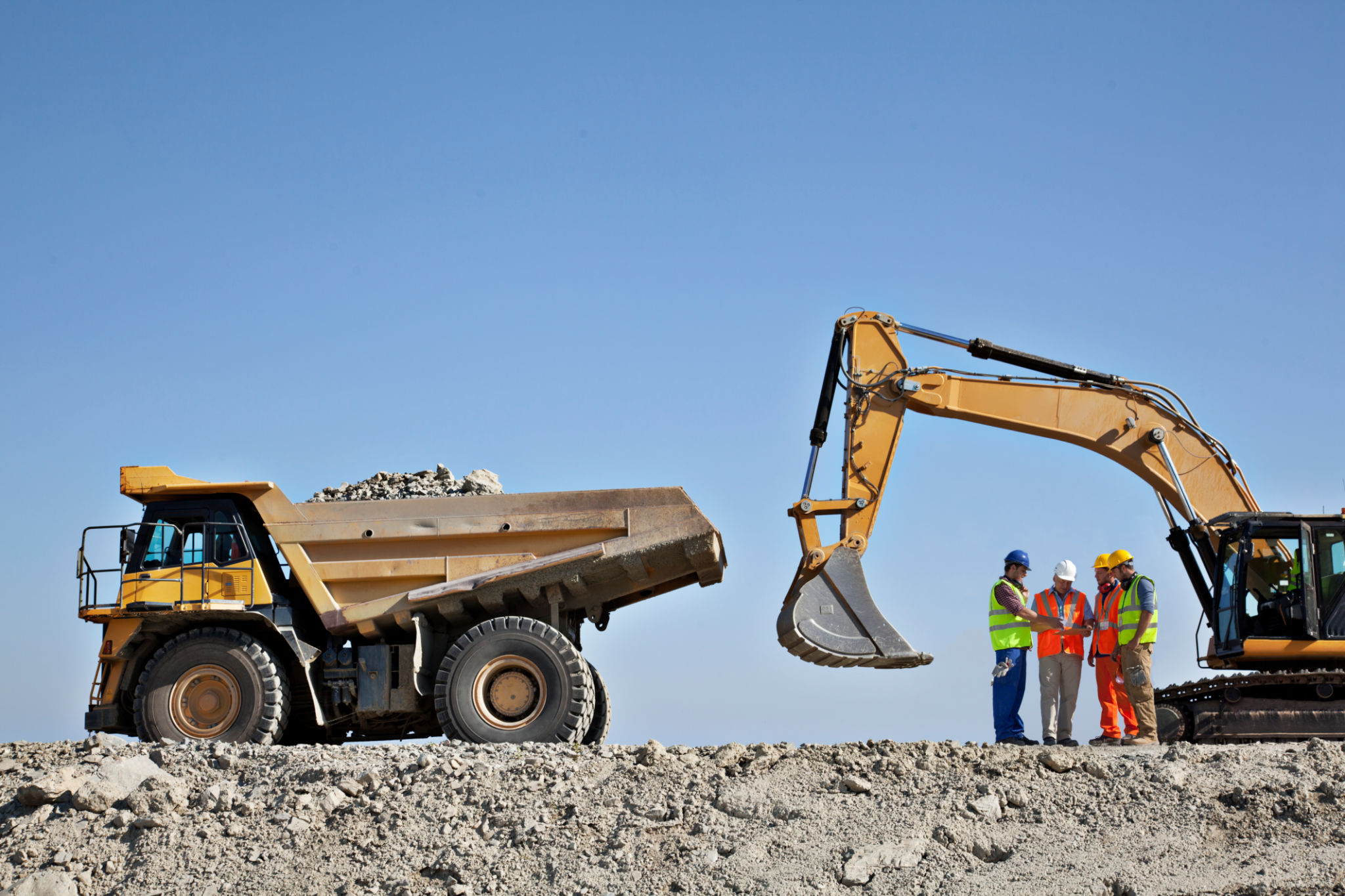The Ultimate Guide to Groundworks Construction: What You Need to Know
Understanding Groundworks Construction
Groundworks construction is the foundation of any building project. It involves the preparation of sub-surfaces to ensure that structures have a solid base. Whether you're constructing a house, a commercial building, or a major infrastructure project, proper groundwork is crucial for stability and longevity.

The Importance of Groundwork
The primary goal of groundworks is to create a level and stable surface on which to build. This process involves various tasks, such as site clearance, excavation, and laying foundations. Without proper groundwork, buildings may experience issues like subsidence or structural instability.
Groundwork is not just about laying foundations; it also involves installing drainage systems and other necessary infrastructure. This ensures that water does not accumulate around the building, which could weaken the structure over time.
Steps Involved in Groundworks
A typical groundworks project goes through several stages. Understanding these steps can help you appreciate the complexities involved:
- Site Investigation: Before any work begins, a detailed examination of the site is conducted to understand soil conditions and potential challenges.
- Site Clearance: Removing vegetation, debris, and any existing structures that may obstruct the construction process.
- Excavation: Digging trenches and holes to prepare for foundations and utilities.
- Foundation Laying: This involves pouring concrete or using other materials to create a stable base for the structure.
- Installation of Utilities: Setting up drainage systems, water supply lines, and any other underground utilities.

Choosing the Right Materials
The selection of materials for groundworks is critical. Concrete is a common choice for foundations due to its durability and strength. However, the choice of materials can vary depending on soil type and the specific requirements of the project.
In some cases, reinforced steel or other materials might be used to provide additional support. It’s essential to consult with engineers and specialists to choose the most suitable materials for your project.
Challenges in Groundworks Construction
Groundworks construction can present several challenges. Weather conditions, for instance, can significantly impact progress. Rain can cause delays by making the ground too soft or muddy to work on effectively.

Another common challenge is dealing with unforeseen underground obstructions like rocks or old utility lines. These issues require quick thinking and adaptive planning to ensure they do not derail the project timeline.
The Role of Technology in Groundworks
Technology plays an increasingly important role in modern groundworks construction. From advanced machinery like excavators and bulldozers to precision surveying equipment, technology helps streamline processes and improve accuracy.
Drones are also being used for site surveys, providing detailed aerial views that help in planning and monitoring progress more effectively. Embracing technology can lead to more efficient projects with fewer errors.
Conclusion: The Foundation of Success
Groundworks construction is a critical component of any building project. It lays the foundation—both literally and figuratively—for everything that follows. By understanding the importance of each step in the process and leveraging technology, you can ensure that your groundwork is solid and reliable.
Whether you’re a developer, contractor, or simply interested in construction, having a grasp of groundworks can offer valuable insights into what makes a project successful from the ground up.
